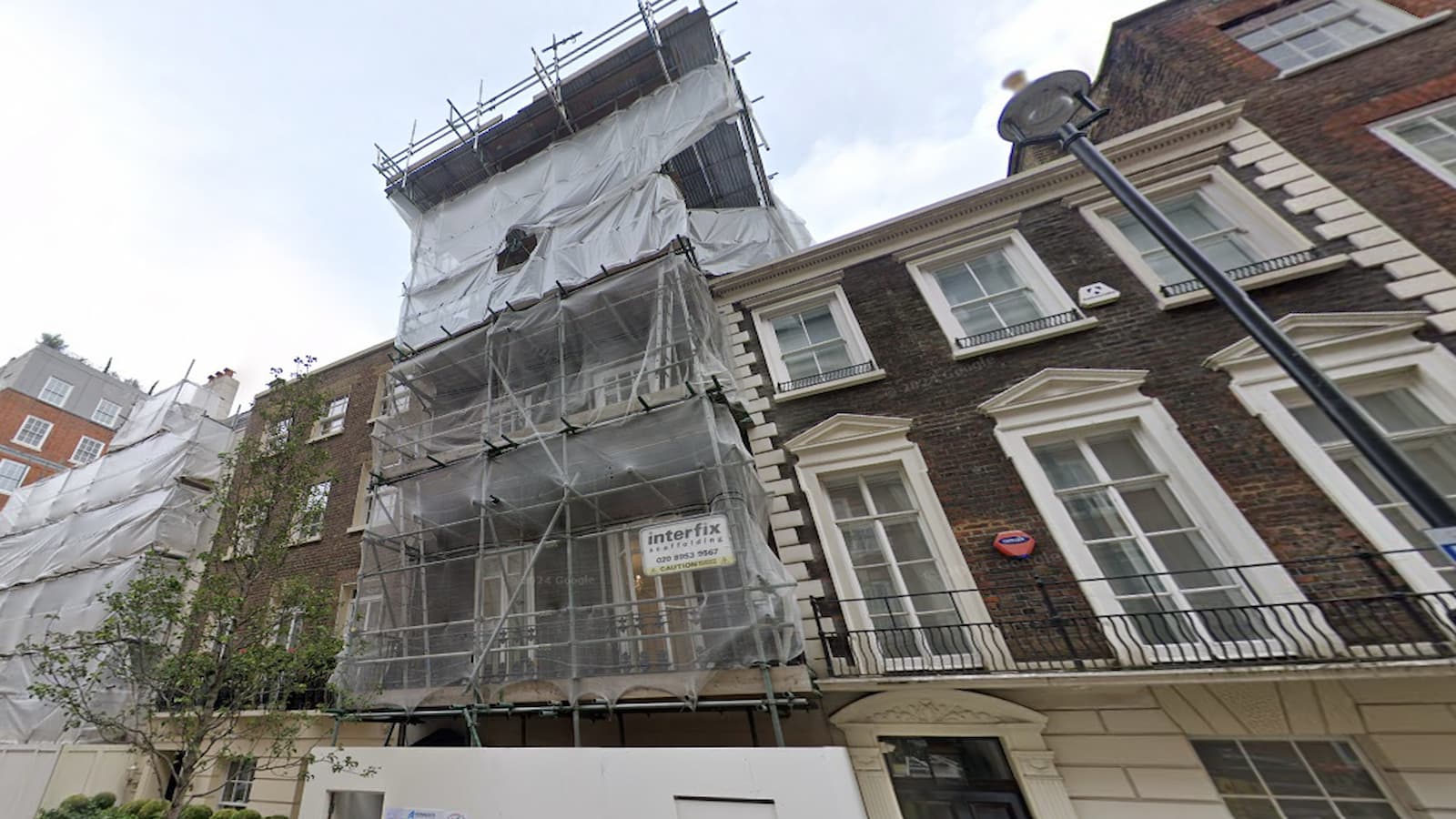Mayfair's million-pound mistake: Owner ordered to fill illegal basement with concrete
Planning inspectors rule £3m London home's cinema, gym and sauna must be buried – permanently

An underground cinema. A private gym. A bespoke sauna. All of it is now set to be entombed – literally – beneath one of London’s most historic streets.
In a dramatic enforcement ruling, the owner of a Grade II-listed Georgian townhouse on Park Street, Mayfair has been ordered to fill an unlawfully built basement with tons of concrete, after a planning permission battle ended in defeat.
The punishment? A full-scale reversal of the subterranean fantasy - not just shutting it down, but physically obliterating it, at a predicted cost of hundreds of thousands of pounds.
The basement that should never have been
In 2010, Westminster City Council gave limited listed building consent to slightly extend the lower ground floor of the early 18th-century house, which is protected due to its historical significance.
The planning conditions covered modest internal alterations and a roof extension – not a multi-room underground leisure complex.
But somewhere along the way, the plans changed. The owner proceeded to dig out a new sub-basement well beyond the permitted area, adding a luxury suite of leisure facilities beneath the existing structure:
- A cinema with acoustic walls
- A fitness room, sauna, and shower suite
- Extensive storage space
- Reconfigured floors and ceilings throughout the property
These works not only breached planning permissions but actively damaged the “historic hierarchy” of the building –where room proportions told the story of 18th-century domestic life.
Bring your dream home to life with expert advice, how to guides and design inspiration. Sign up for our newsletter and get two free tickets to a Homebuilding & Renovating Show near you.
Owner appealed due to the need for ‘modernisation’
In response to a 2023 enforcement notice, the owner appealed on several fronts - arguing that:
- The sub-basement met “21st-century living needs”
- It could simply be sealed off, rather than removed
- The removal requirements were “excessive” and would cause unnecessary expense
They also claimed the additional space helped preserve the building by keeping it viable for modern use. But the Planning Inspectorate wasn’t convinced.
The inspector found no compelling reason to justify the extra floor, especially one that so dramatically altered the building’s original proportions and historic layout.
Why concrete? And why it matters
In a rare and forceful decision, the Planning Inspectorate ruled that infilling the basement with concrete was not excessive – but necessary.
The council ruled that not only had the construction undermined the architectural integrity of the listed building, but simply closing it off would allow the harm to persist beneath the surface.
“Sealing off the sub-basement does not alleviate the harmful impact… It would still be intact and remain in place,” the ruling stated.
The inspector dismissed the appeal on every major ground - confirming that burying the illegal basement in concrete was the only way to erase its impact and return the property to a state compliant with its original listed status.
This includes:
- Filling the entire sub-basement
- Restoring the floor levels
- Removing modern lighting and lowered ceilings
- Reinstating fireplaces, cornices, and panelling throughout the house
This case sets a stark precedent. Even in the wealthiest corners of London, heritage protection laws have teeth - and Westminster Council is prepared to use them. What was once a secret sanctuary of luxury beneath a Georgian gem will now be filled in and forgotten.

News Editor Joseph has previously written for Today’s Media and Chambers & Partners, focusing on news for conveyancers and industry professionals. Joseph has just started his own self build project, building his own home on his family’s farm with planning permission for a timber frame, three-bedroom house in a one-acre field. The foundation work has already begun and he hopes to have the home built in the next year. Prior to this he renovated his family's home as well as doing several DIY projects, including installing a shower, building sheds, and livestock fences and shelters for the farm’s animals. Outside of homebuilding, Joseph loves rugby and has written for Rugby World, the world’s largest rugby magazine.
